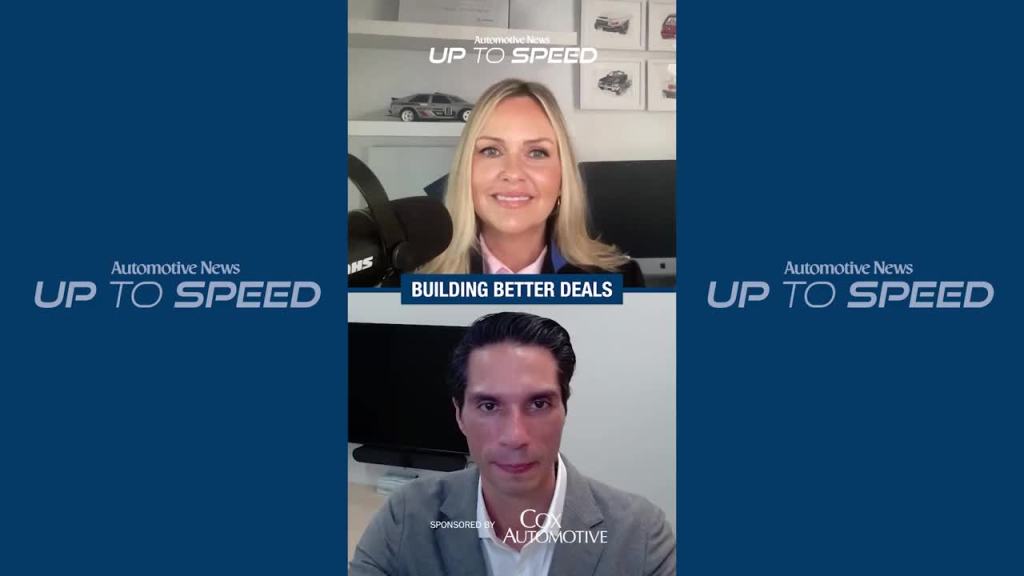Guest Experts: Mo Zahabi, AVP Product Consulting, and Noah Lee, Director of Product Consulting at Cox Automotive, join Jade Terreberry for a dynamic preview of their Modern Retailing Conference (MRC) panel. They reveal how first-party data and native CDPs are revolutionizing dealership strategy, while multi-touch attribution and AI unlock smarter marketing and higher profits. Mo and Noah share real-world examples and actionable tips, empowering dealers and OEMs to personalize experiences, streamline operations, and gain a competitive edge in 2026.
Guest Experts:
Mo Zahabi
AVP Product Consulting
Cox Automotive
Noah Lee
Director of Product Consulting
Cox Automotive
Top Takeaways:
- Dealers must activate first-party data for real results: Mo emphasizes that leveraging native CDPs powered by first-party data enables dealers to engage shoppers at the right moment, driving more personalized and effective experiences.
- Multi-touch attribution is essential—not optional: Noah explains that relying on last-click metrics leaves dealers “flying blind.” Embracing multi-touch attribution helps identify which touchpoints truly drive conversions and optimize marketing spend.
- AI is transforming every step of the shopper journey: From predictive service intelligence to real-time personalization and inventory scoring, Cox Automotive’s AI tools are streamlining operations and boosting profitability for dealers and OEMs.
- Personalization and timing are key to engagement: The MRC panel highlights that understanding where shoppers are in their journey—and reaching them with relevant offers—creates better outcomes for both consumers and dealerships.
- Actionable strategies for 2026 success: Mo and Noah advise dealers to integrate data-driven insights into daily workflows, move beyond outdated metrics, and prioritize digital retailing to close more sales and stay competitive.
Timestamps:
0:00 – 1:10 – Introduction
Jade Terreberry welcomes listeners, introduces Mo Zahabi and Noah Lee from Cox Automotive, and previews the panel discussion for the Modern Retailing Conference.
1:10 – 2:57 – The Evolving Car Buyer’s Journey
Mo explains how data and AI have changed the way dealers understand and engage shoppers, emphasizing the importance of first-party data.
2:57 – 4:45 – Personalization and Timing
Mo and Jade discuss how leveraging data enables dealers to reach customers at the right moment with relevant offers, improving the buying experience.
4:45 – 6:45 – Multi-Touch Attribution and Marketing Optimization
Noah highlights why dealers must move beyond last-click metrics, sharing strategies for identifying which touchpoints drive conversions and optimize ad spend.
6:45 – 8:52 – Native CDPs and Dealership Operations
Mo details how native Customer Data Platforms powered by first-party data are streamlining processes and transforming dealership engagement.
8:52 – 11:44 – Real-World AI Applications
Noah shares examples of AI in action at Cox Automotive, including predictive service intelligence, inventory scoring, anti-bot protection, and real-time personalization.
11:44 – 13:47 – Actionable Strategies for 2026
Mo and Noah offer practical advice for dealers and OEMs to activate data, integrate technology, and prioritize digital retailing for a competitive edge.
13:47 – 15:18 – Closing Thoughts
Jade wraps up the episode, invites listeners to the Modern Retailing Conference, and encourages dealers to embrace data-driven strategies for future success.











